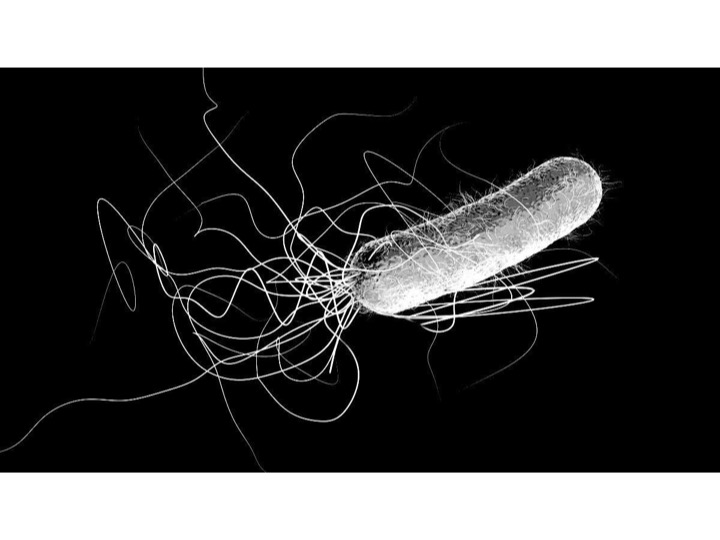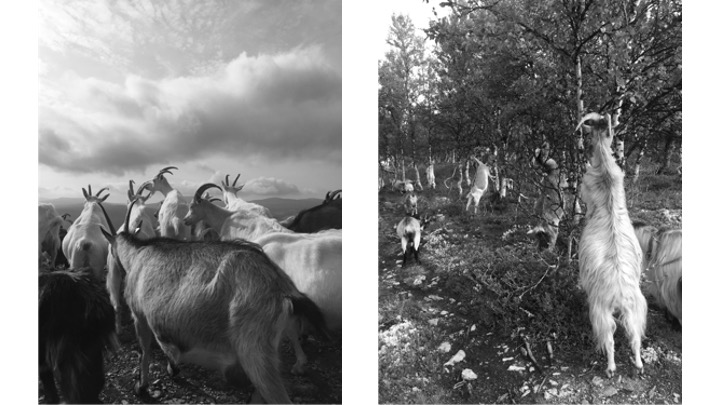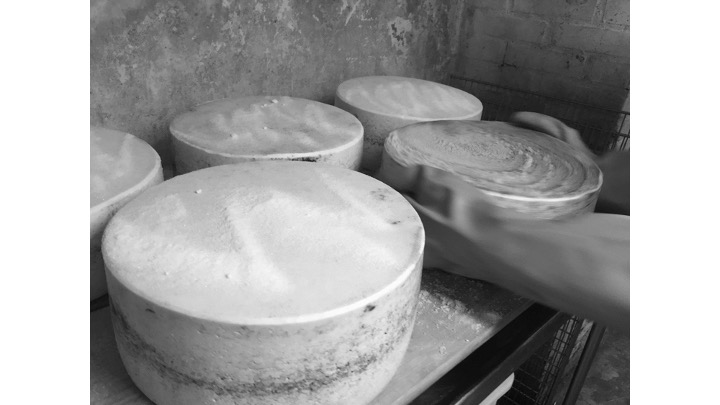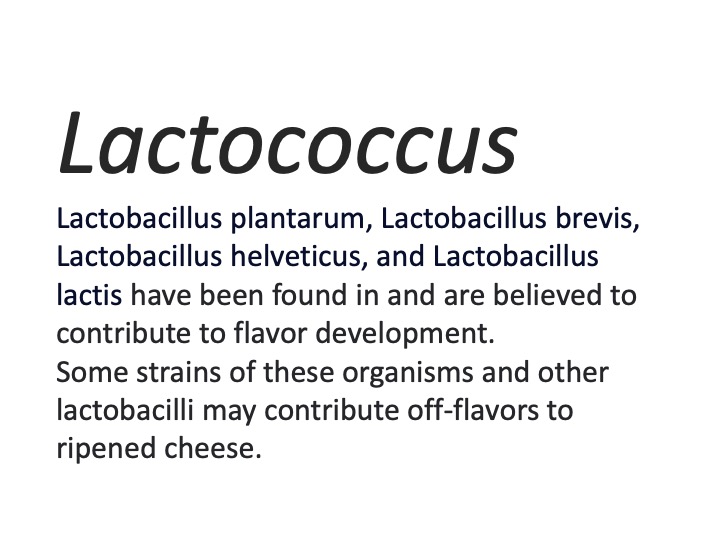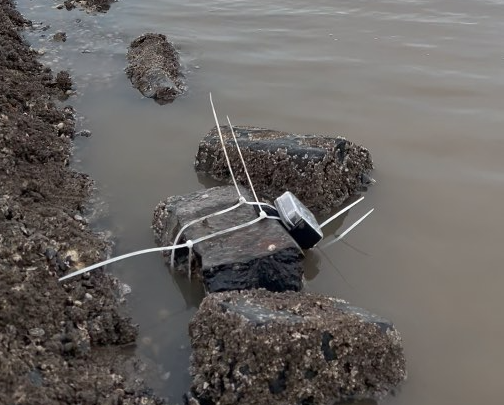With our project Sonic Cheese we wish to create novel conditions in which we wish to co-create and increase the richness of flavor in collaboration with the microbial community.
Our collective, Blobotone (Frouke Wiarda & Judith van der Elst), represents a convergence of interests and breadth of skills and expertise regarding the importance of atmosphere and changing atmospheric processes as a factor in current societal and environmental challenges. The project is inspired by Judith’s experience of artisanal cheesemaking and Frouke’s experience with environmental soundscapes and the challenges to maintain such practices as an intricate relationship between human, animal and environment. Industrialization of food practices has increased our production potential, yet also resulted in a decrease in biodiversity and gustatorial diversity.
The idea for Sonic Cheese came about while Judith van der Elst was working as a shepherd (in Germany, Norway and Italy) and as a cheesemaker on a biodynamic farm north of Hamburg (DL). Cheesemakers are aware of the influence of music on the taste of cheese and in the old bunkers in Switzerland this is also used. However, it is not yet very well known that we can enrich taste through sound and music. We are changing that with this project.
The enthusiasm of the partners who are now actively contributing to the project is essential here!
